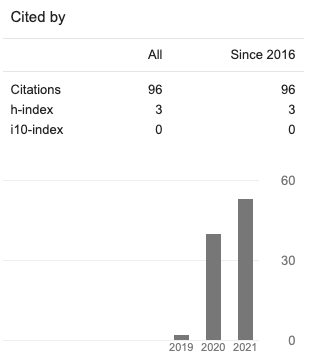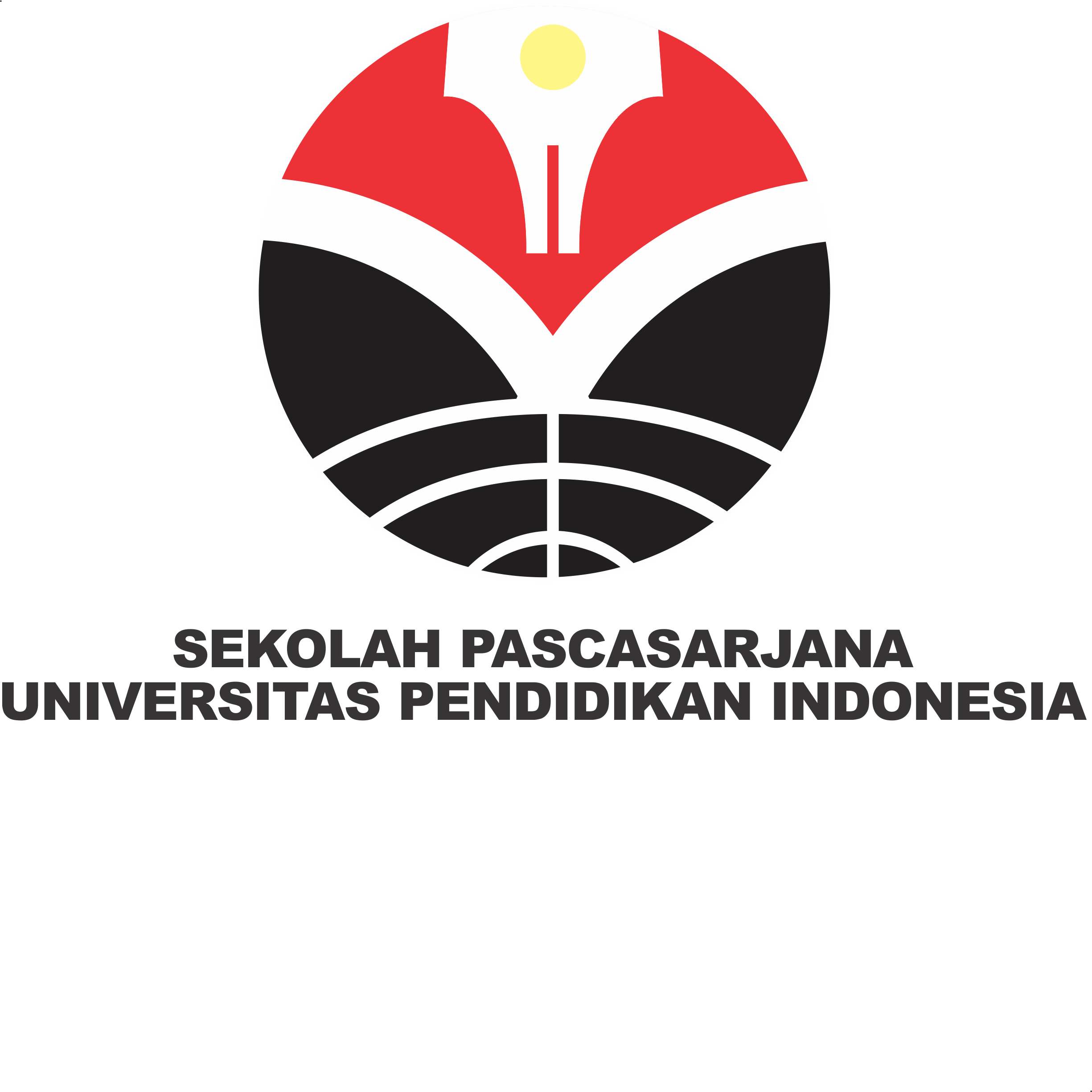Active Learning Using The STEM Approach Improves Critical Thinking Skills Of Elementary School Students
Abstract
Students are facing challenges in an era where they are required to master science, technology and engineering. The industrial revolution 4.0 demands critical thinking patterns in being competent and absorbing information. The reality that occurs in elementary schools shows that thematic learning lack of develop critical thinking skills. The purpose of this study was to find out (1) how the application of STEM (Science, Technology, Engineering and Mathematics) learning to the critical thinking skills of elementary school students; (2) measuring the increase in students' critical thinking skills after learning by using the STEM approach. The research is a quasiexperimental (quasi-experimental) design. This research was conducted at SDN Cipagalo 01, Bandung Regency. Data obtained from test and non-test data. This study uses data collection techniques in the form of multiple choice critical thinking test questions. While the non-test used student worksheets and observation sheets. The results showed that the application of active learning using the STEM approach to improve critical thinking skills of elementary school students in science subjects was quite effective. Analysis of paired sample t-test shows the value of sig. (2- tailed) of 0.000 < 0.005, which means that there is an increase in students' critical thinking skills.
Copyright (c) 2023 Rika Sukmana, Nuri Annisa, Duhita Wardani

This work is licensed under a Creative Commons Attribution 4.0 International License.















